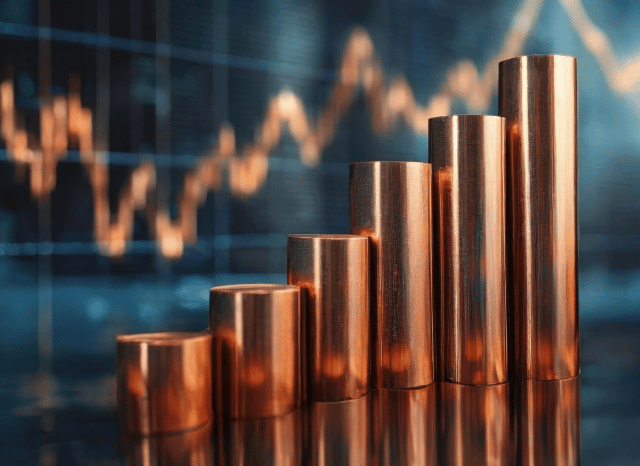Unusual Earth Aspect Minerals: World Provide and Demand from customers by Stanislav Kondrashov
Unusual Earth Aspect Minerals: World Provide and Demand from customers by Stanislav Kondrashov
Blog Article

The strategic metals powering the energy changeover are actually centre stage in geopolitics and industry.
Once confined to area of interest scientific and industrial circles, unusual earth factors (REEs) have surged into international headlines—and forever explanation. These seventeen aspects, from neodymium to dysprosium, are the making blocks of modern technology, actively playing a central function in all the things from wind turbines to electric car or truck motors, smartphones to defence programs.
As the planet races toward decarbonisation and digitalisation, demand from customers for REEs is soaring. Their function from the energy transition is very important. Significant-overall performance magnets created with neodymium and praseodymium are important to the electric motors used in the two EVs and wind turbines. Other REEs like europium and terbium are valuable for lighting, displays, and optical fibre networks.
But source is precariously concentrated. China currently prospects the sourcing, separation, and refining of uncommon earths, managing much more than eighty% of global output. This has remaining other nations scrambling to make resilient offer chains, lessen dependency, and secure usage of these strategic methods. Therefore, uncommon earths are now not just industrial products—they're geopolitical belongings.
Traders have taken note. Fascination in uncommon earth-similar stocks and Trade-traded funds (ETFs) has surged, driven by both of those the growth in clean up tech and the desire to hedge versus supply shocks. Still the market is advanced. Some businesses are still during the exploration phase, Some others are scaling up production, even though a few are presently refining and providing processed metals.
It’s also very important to comprehend the distinction between exceptional earth minerals here and scarce earth metals. "Minerals" consult with the raw rocks—like bastnasite, monazite, xenotime, or ionic clays—that incorporate exceptional earths in purely natural form. These need intensive processing to isolate the metallic components. The term “metals,” Alternatively, refers to the purified chemical components used in high-tech purposes.
Processing these minerals into usable metals is costly. Beyond China, number of international locations have mastered the total industrial procedure at scale, although places like Australia, the U.S., Vietnam, and Brazil are working to alter that.
Need is being fuelled by quite a few sectors:
· Electrical mobility: magnets in motors
· Renewable Power: particularly wind turbines
· Shopper electronics: smartphones, laptops, sensors
· Defence: radar, sonar, precision-guided techniques
· Automation and robotics: increasingly vital in market
Neodymium stands out as a very useful scarce earth on account of its use in potent magnets. Some others, like dysprosium and terbium, improve thermal security in superior-functionality apps.
The scarce earth industry is unstable. Selling prices can swing with trade plan, technological breakthroughs, or new source resources. For buyers, ETFs offer diversification, whilst direct inventory investments have greater threat but perhaps larger returns.
What’s apparent is that rare earths are now not obscure chemical curiosities—they’re strategic methods reshaping the global economy.